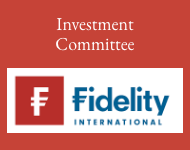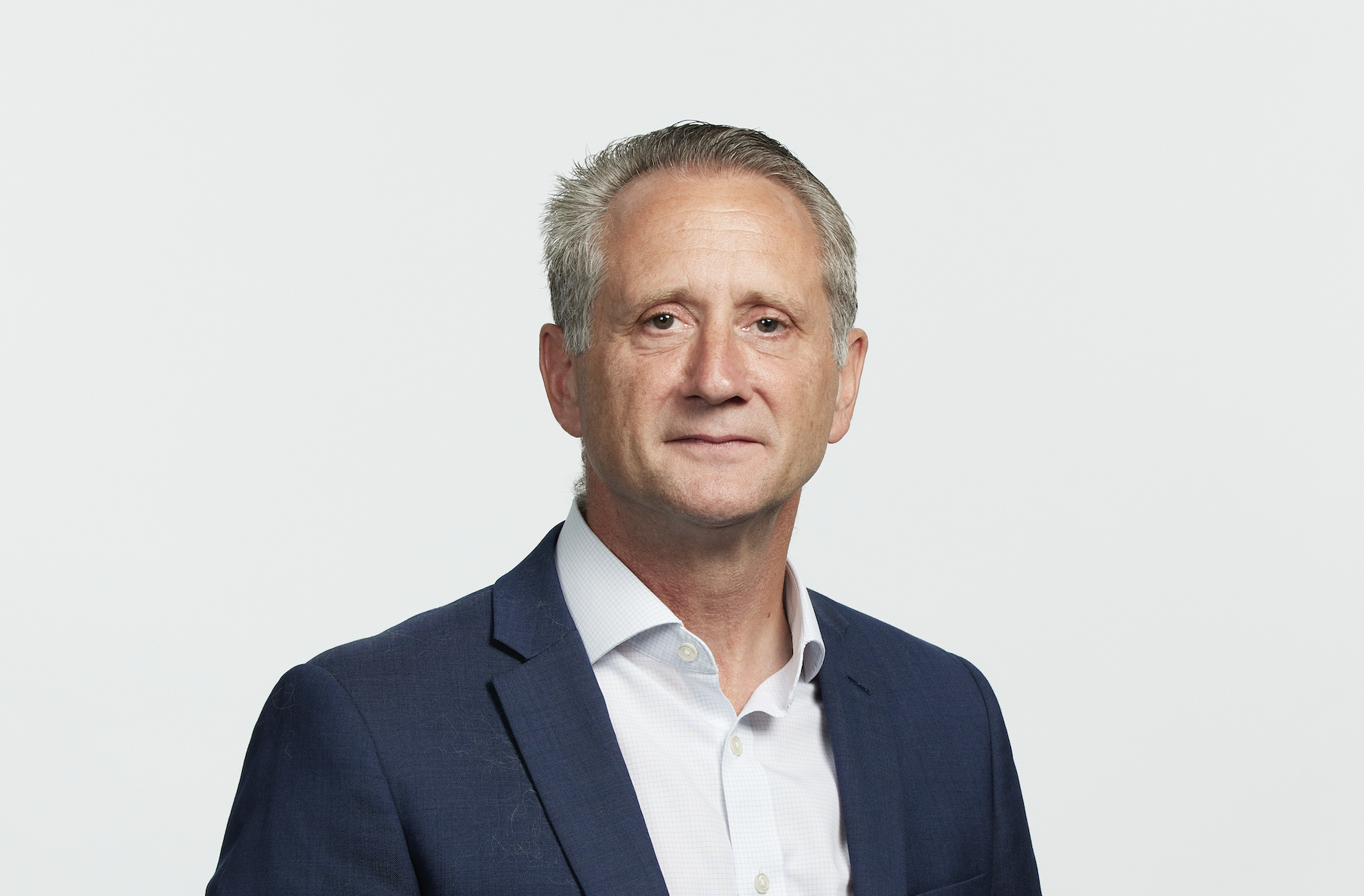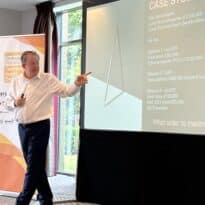Large caps have stolen the limelight in recent years but with mid-caps historically the place to be when interest rates start being cut, is now the time to consider the middle of the market? asks Darius McDermott, managing director of FundCalibre and Chelsea Financial Services
I’m sure most people have heard of middle child syndrome. It is the belief that middle children are excluded, ignored, or even outright neglected because of their birth order.
The theory is that the oldest child is the authoritarian, burdened with the highest expectations, while the youngest is the spoilt baby who never rises above their siblings. Then there is the one in the middle – he or she is even-tempered but has trouble fitting in due to being sandwiched between the younger and older siblings.
It’s an argument which can be extrapolated over to the investment world in recent times. Large growth companies have stolen the headlines (think of the FAANGs or Magnificent Seven) due to their unprecedented levels of growth, while smaller companies have proven themselves to be exceptionally resilient.
The story is no different in the UK, where FTSE 100 companies are known for their global revenues and strong dividend features, while for long-term investors, UK small-caps have been the gift that keeps on giving from a performance perspective.
Then there are the mid-sized firms. They have traditionally offered the best of both worlds but things have broken down in recent years amid Brexit, Covid and general economic uncertainty.
Figures dating back to 1955 show UK mid-caps have delivered an average real return of 7.8 per cent annually*. That mix of global leaders and burgeoning businesses has meant they also typically outperformed the FTSE 100, producing an average annual return of 8.3 vs. 4.8 per cent in the past 25 years**. But the past five and 10-year figures show a reversal in fortunes, with the blue-chip index producing stronger returns**.
Valuation opportunity – but the challenges are clear
Schroder UK All-Cap manager Graham Ashby says there are a number of reasons for the change in leadership between the FTSE 250 and FTSE 100, citing fund flows from ETFs as one major contributor.**
He says: “Many of these passive portfolios in the UK seek to replicate the returns from the FTSE All-Share index, which is heavily weighted towards large-sized companies in the FTSE 100. In contrast, actively managed UK portfolios typically invest greater amounts in mid- and small-sized companies and these funds have seen material fund outflows for several years. These outflows have occurred as domestic investors have sought to gain greater exposure to the boom in US technology companies such as Nvidia, Microsoft and Apple.”**
The long-term kicker has been that both defined benefit (DB) pension funds and insurance firms have continued to de-equitise from UK PLC. Around 40 per cent were held in UK equities in 2000; it is now closer to 4 per cent***.
The price to earnings multiple for the FTSE Mid-250 index is now just 12.9x, compared with a long-run average of 19.7x; by contrast the S&P stands at 22.6x. The anomaly is that over 25 years the FTSE 250 has delivered better earnings per share growth than the S&P 500 (6.4 vs. 6.3 per cent)**.
The potential for change versus a false dawn?
With Covid and Brexit larger in the rear-view mirror, there is hope the fog will start to clear. A stable government gives it the power to make changes – while rate cuts and easing financial conditions should also help. It should make it easier for companies with strong balance sheets to invest and grow, and mid and small-caps have historically been the place to be when rate cuts start. AXA Framlington UK Mid Cap manager Chris St John says rapprochement with Europe could drive improvements in exports and trade, with new Prime Minister Keir Starmer wanting to improve relations with the EU****
Jupiter investment manager for UK small and mid-cap equities James Gilbert says there is a lot to like about UK equities across the board currently, citing sterling as one of the best performing currencies year-to-date. He points to three reasons why he believes there is an opportunity for an inflection in flow dynamics in UK equities***.
The first is the aforementioned drop in flows from DB schemes and insurers – he says this is promising on a forward-looking basis because there is not much further to fall, with the pain mostly felt in the mid and small-cap space (there is cross party support to inject money into the UK market through initiatives like the British ISA and hopes to mandate more money into UK equities through pension schemes). The second is that the FTSE 250 continued to outgrow the FTSE 100 from an earning per share (EPS) perspective in the past 12 months (17% vs 8% for the FTSE 100) while projections for the next 12 months of earnings growth from the FTSE 250 ex-investment trusts stand at 13 per cent (vs. 5 per cent contraction for the FTSE 100)***.
The third is that the FTSE 250 remains a less covered market from an analyst perspective – which gives greater scope for active managers to add alpha (there are over 20 analysts on average per stock for companies over £10bn in size, falling to 8.5 on average for companies between £1-2bn and 12 for £2-5bn).
abrdn Equity Income Trust plc investment manager Thomas Moore says buybacks and M&A activity are also a positive. He cites OSB, a mid-cap holding that has announced significant buybacks. It is the UK’s largest professional buy-to-let lender, pays a 7.2 per cent dividend yield and is still generating enough cash to buy back its own shares^.
As for M&A, you only have to look at 2023 to see the opportunity, with 40 public market M&A transactions of more than £100m, with an aggregate value of £21bn. All of them were for mid and small-cap companies – with the average premium to the current share price at 51 per cent^.
If you believe UK PLC is unloved it is hard to ignore mid-caps as a starting place. They have been hit hard but retain strong growth characteristics, with many companies continuing to have strong balance sheets. There is also a breadth of sectors to tap into across this market. Investors may want to consider the likes of the abrdn UK Mid-Cap Equity fund or a number of multi-cap solutions with exposure to the region, such as Schroder Income Growth, Liontrust Special Situations and the Murray Income Trust.
*Source: Martin Currie, 15 May 2024
**Source: Schroders, 26 June 2024
***Source: Jupiter Asset Management, 11 June 2024
****Source: AXA IM, 25 April 2024
^Source: abrdn, 27 May 2024
Past performance is not a reliable guide to future returns. You may not get back the amount originally invested, and tax rules can change over time. Darius’s views are his own and do not constitute financial advice.
Main image: trude-jonsson-stangel-3o5Z-vjvANY-unsplash































